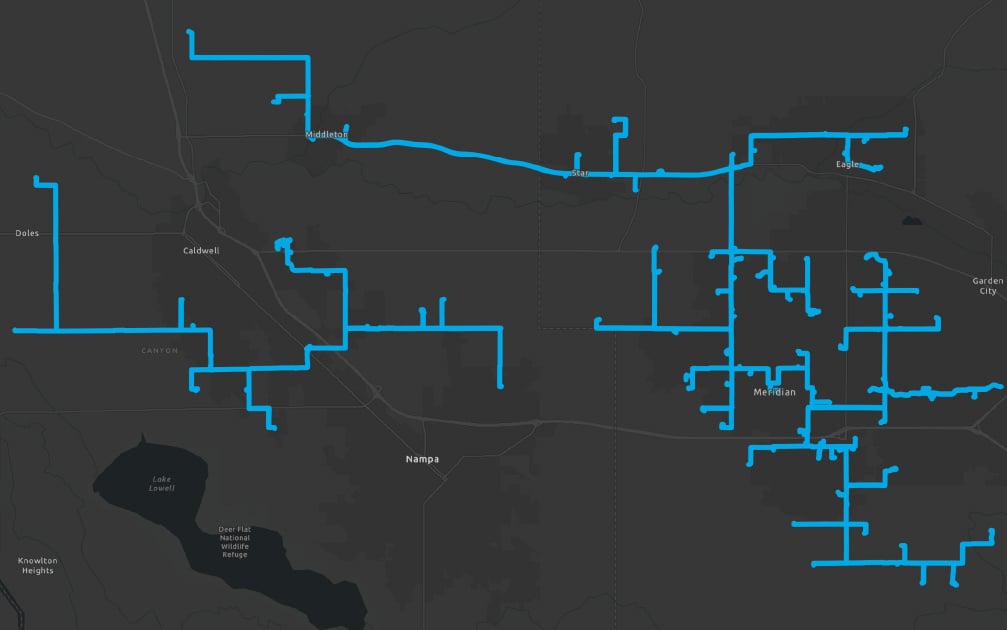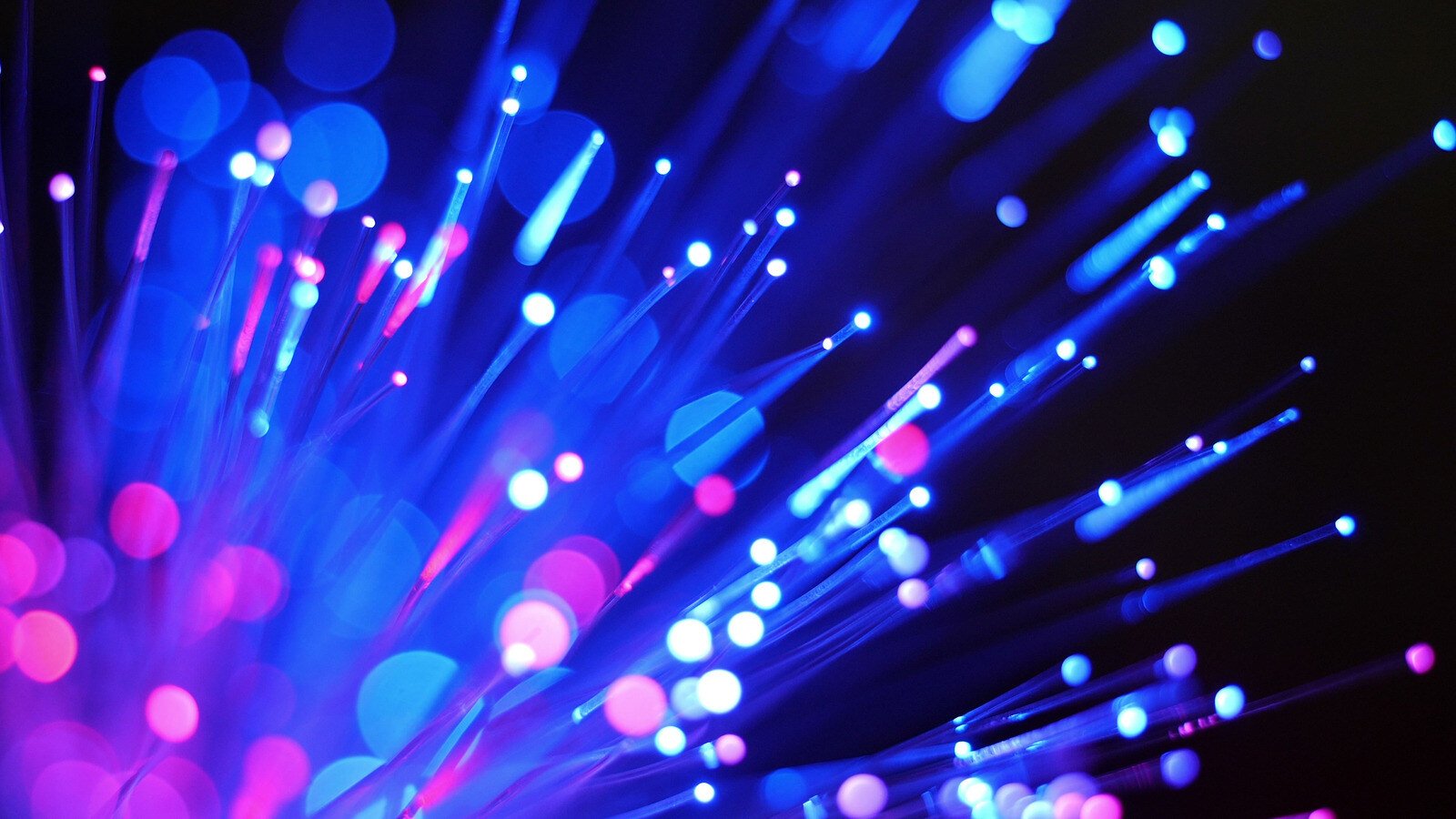Imagine a technology that can send data across the world at lightning-fast speeds to connect businesses, hospitals, schools, and more with incredible precision. That's exactly what fiber optic cables do. These cables have transformed how we communicate, share information, and stay connected.
But why exactly are businesses across multiple industries leveraging fiber cables? Read on to explore specific fiber optic cable uses to better understand what makes them so important.
What Is Fiber Optic Cable?
Before we dive into specific uses, let's explain what makes fiber optic cables special. These cables transmit data through light signals using thin strands of glass or plastic. Unlike copper cables, fiber cables offer faster speeds, higher bandwidth, and smoother data transmission.
Fiber cables come in two main types:
- Single-Mode Fiber: Designed for long-distance data transmission with minimal signal loss.
- Multi-Mode Fiber: Used for shorter distances and higher data rates within local networks.
Thanks to these impressive performance capabilities, several different types of businesses have found applications for fiber optic cables.

Fiber Optic Cable Uses in Different Industries
Fiber cables have made their way into nearly every industry, solving complex communication challenges and opening up new possibilities for connection and innovation. Here are some examples:
Telecommunications
Fiber optic networks form the backbone of global communication systems, enabling long-distance communication across cities, countries, and continents through undersea cables. Fiber cables also support the increasing demands of mobile networks like 5G with high-speed data transmission capabilities.
Healthcare
Medical professionals have embraced fiber optic technology to improve patient care. These cables support:
- Medical Imaging: Fiber optics are used in endoscopy, enabling minimally invasive procedures with clear, detailed imaging.
- Laser Surgeries: High-precision laser systems use fiber optics for accurate and controlled treatments.
- Data Connectivity: Hospitals and clinics depend on fiber networks for efficient communication and data sharing between departments.
With fiber, healthcare teams can share critical information faster and more accurately than ever before.
Defense and Aerospace
Fiber optic cables can withstand the harsh conditions often found in defense and aerospace industries. They’re often used to provide secure, high-speed data transmission and advanced surveillance capabilities for military operations. Aircraft and spacecraft also rely on fiber optics for accurate navigation and control systems.
Internet Service Providers (ISPs)
ISPs depend on fiber optic cables to deliver fast internet to businesses and homes. Fiber-to-the-Premises (FTTP) and Fiber-to-the-Home (FTTH) deployments provide reliable connectivity, with the FCC reporting that fiber ISPs provide more consistent speeds than ISPs using DSL.1

Broadcasting and Media
Modern media companies prefer fiber optic cables for their ability to handle massive amounts of video and audio data. They enable:
- Live Broadcasts: Fiber optics support real-time video transmission for live events, sports, and news coverage.
- Video Streaming: Streaming platforms rely on fiber optic networks to deliver uninterrupted content to viewers worldwide.
Fiber optics have transformed not only the infrastructure of broadcasting and media networks but also storytelling and content distribution.
Financial Services
The financial industry depends on fiber optic networks for fast and secure data transmission. Fiber cables offer the low latency connectivity that financial transactions and stock trading systems need for split-second communication. Additionally, financial businesses leverage fiber-connected data centers to manage and store large quantities of sensitive information.
Industrial Automation
Industrial environments require robust communication networks to support automation and data-driven processes. Fiber optic cables offer immunity to electromagnetic interference (EMI) and durability, making them ideal for:
- Factory Automation: Fiber optics enable real-time communication between machines and control systems.
- Process Monitoring: Fiber optic sensors monitor temperature, pressure, and other critical parameters in industrial settings.
As industries become more data-driven, fiber optic networks continue to be the backbone of smart, efficient, and responsive industrial ecosystems
Specialized Fiber Optic Cable Applications
Beyond general industry use, fiber optic cables have some specialized applications that push the boundaries of what's possible.
Education
Learning institutions are leveraging fiber optic networks to enhance educational experiences with:
- Remote Learning: Seamless video streaming and interactive online classroom experiences.
- Research Collaboration: High-speed connections supporting global academic research and data sharing.
- Campus Security: Enhanced network monitoring and secure communication systems for educational institutions.
With fiber optics, institutions can more easily break down geographical barriers in education.

Smart Cities
Fiber optic infrastructure is helping cities become smarter and more efficient. Fiber cables support:
- Traffic Management: Fiber optics enable real-time monitoring and control of traffic signals and congestion.
- Public Safety: Advanced surveillance and emergency response coordination through high-speed network infrastructure.
- Infrastructure Monitoring: Real-time sensors for the structural health of bridges, buildings, and urban infrastructure.
Ultimately, urban planners can use fiber networks to create safer and more connected communities.
Energy and Utilities
The energy sector relies on fiber optic cables to support critical infrastructure with:
- Grid Resilience: Advanced monitoring systems detect and prevent potential power grid failures.
- Renewable Energy: Real-time performance tracking helps improve solar, wind, and other renewable energy installations.
- Oil and Gas: Fiber optic sensors monitor pipelines for leaks and structural integrity.
- Environmental Monitoring: Precise sensors track climate and environmental changes across vast networks.
Fiber optics help keep our essential services running smoothly and safely.
Why Do Businesses Prefer Fiber Optic Cables Over Copper?
Fiber cables offer several advantages over traditional copper cables that make them the preferred choice for modern applications, including:
- Higher Bandwidth: Fiber can carry more data than copper cables, making it ideal for high-demand networks.
- Resilience: Since fiber cables aren't affected by electromagnetic interference, they deliver a more stable connection.
- Faster Speeds: Fiber transmits data at the speed of light, ensuring faster transmission rates.
- Longer Distances: Signals degrade by about 90% every 100 meters when sent over copper cables but only 3% every 100 meters over fiber.2
- Durability: Fiber cables are more resistant to environmental factors like moisture and temperature changes.
Investing in fiber optic technology means investing in your organization’s future communication infrastructure.

Partner With Fatbeam for All Your Fiber Optic Needs
The perfect cable type for your business will depend on your specific needs, considering factors like distance, bandwidth requirements, and environmental conditions. However, with so many fiber optic cable uses and applications, choosing the right solution can feel overwhelming.
At Fatbeam, we're not just another internet provider – we're your technology partner. We’ll solve your business internet challenges with fiber optic solutions designed for businesses that can't afford to slow down. Ready to see how fiber optic technology can transform your business? Contact us today to learn more about our services.
Sources:


